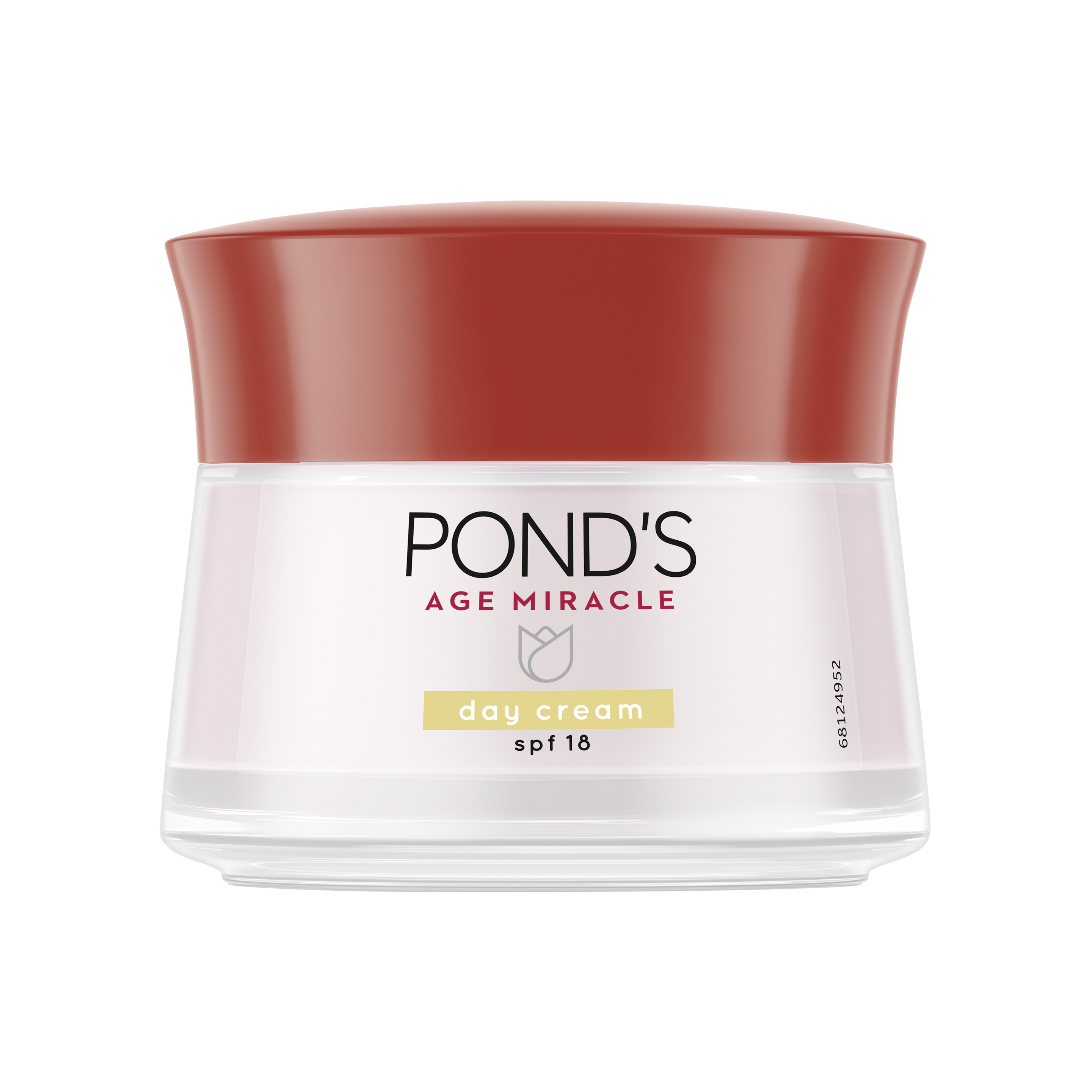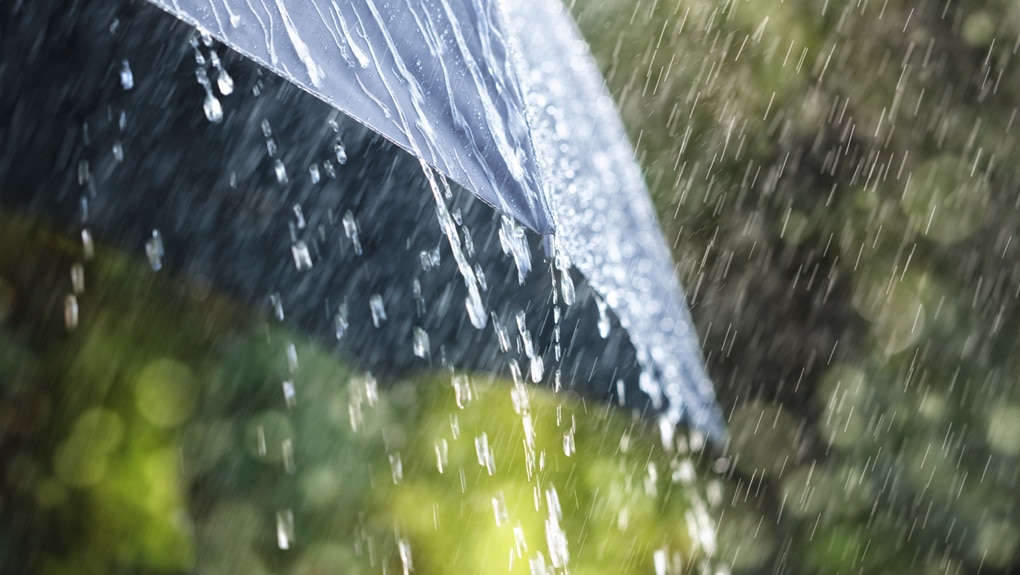You can run, but you can't hide from radiation
How indoor lighting damages your skin — and what you can do about it.
In Anti Aging

Everyone knows about the dangers of the sun’s UV rays. But did you know that the lights at home and in the office can also damage your skin?
That’s right, artificial lighting can cause almost as many problems for your skin as sunlight, and in many cases can speed up the aging process. Here’s what you need to know about indoor UV damage — and how you can stop it.
Fluorescent frustration
Not all fluorescent bulbs are dangerous, but dermatologists recommend caution.
That’s because just like the harsh bulbs at tanning salons that dermatologists warn us about, they can cause a lot of cell damage — very bad news for your complexion.
Energy-saving hazards
Many businesses are starting to replace standard fluorescent bulbs in favor of compact fluorescent lamps (CFLs), which consume less energy and are great for the environment. The snag is, scientists say they’re not great for your skin, as some of them may emit pretty high levels of skin-damaging radiation.
Monitor your monitors
Older computer monitors and TV sets produce low levels of UV radiation — not too harmful, but when you consider the amount of time we spend in front of screens, it’s certainly a worry. Even newer screens are cause for concern — they can create electrostatic fields that drag dust and other nasties closer to your face, causing acne and more aging worries.
Here’s what you can do
It’s hard to live a modern life without exposing yourself to lightbulbs and bright screens, but you can exercise caution. Stay at least two feet away from lightbulbs and bright screens, because a shade won’t protect you.
You can also fight back against the aging process by always using skincare products with plenty of UV protection, even if you are planning to spend most of the day indoors.
Remember that many moisturizers, face creams and other products now contain UV-blocking ingredients. So be sure to stock up — sun protection isn’t just for beach bums!
GREAT SOLUTIONS FOR YOUNGER-LOOKING SKIN
- slide 1
- slide 2
- slide 3
- slide 4









